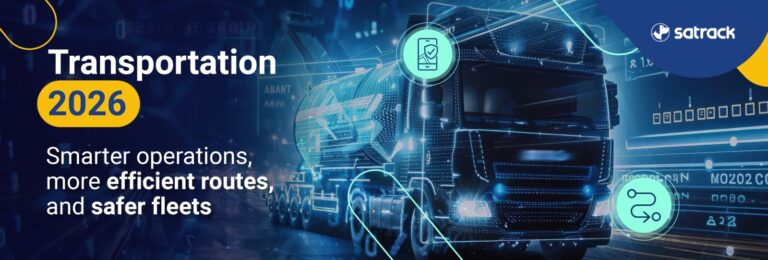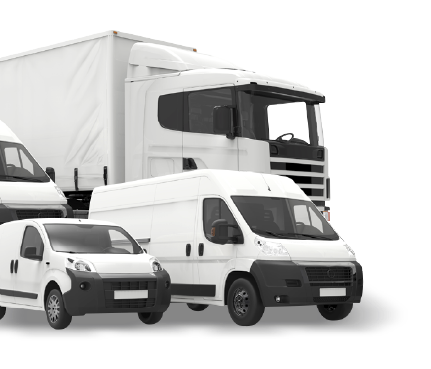

Imagine if your small business could compete on the same level as large corporations by leveraging tools that once seemed out of reach. What if you could optimize every aspect of your operations, from driver safety to route efficiency? The answer is within your reach: technology and da
Companies face unique challenges in the business world—budget constraints, limited human resources, and the need to stand out in competitive markets are just a few examples. However, digitalization has leveled the playing field by offering powerful tools to improve operations.
Benefits of Digitalization
Driver safety is a top priority for any transportation-dependent business. Fortunately, modern technology offers effective solutions to ensure it.
Real-Time Monitoring Systems
Monitoring systems allow real-time supervision of vehicle location and behavior. This not only enhances safety but also optimizes routes and reduces operational costs.
In-Cabin Security Cameras
Cameras installed in the driver’s cabin capture critical events, providing evidence in case of incidents and promoting safer driving practices.
Fatigue Sensors and Alerts
Advanced sensors can detect signs of driver fatigue and issue alerts to prevent accidents. This is essential for maintaining safety during long routes.
Route planning is essential for reducing costs and improving delivery efficiency. Technology plays a fundamental role in this area.
Route Optimization Software
These tools analyze multiple variables—such as real-time traffic, weather conditions, and load restrictions—to determine the most efficient route. This leads to significant savings in fuel and time.
GPS System Integration
Integrating route software with GPS systems enables dynamic adjustments during trips, adapting to unforeseen events and ensuring on-time deliveries.
Technology not only improves operations but also serves as a valuable tool for driver training.
E-Learning Platforms
Online platforms offer interactive courses that drivers can complete at their own pace, ensuring a thorough understanding of best practices in safety and efficiency.
Driving Simulators
Simulators allow drivers to practice in controlled environments, preparing them for real-world situations without any risk.
Data analysis is a powerful tool for identifying areas of improvement and growth opportunities.
Monitoring Key Performance Indicators (KPIs)
By tracking metrics like fuel consumption, idle time, and delivery punctuality, businesses can implement strategies for continuous improvement.
Predictive Maintenance
Historical data analysis allows businesses to predict when a vehicle will need maintenance, preventing unexpected breakdowns and extending fleet life.
Adopting technology may seem daunting, but with a structured approach, companies can integrate it effectively.
Integrating technology and data analysis offers businesses an unprecedented opportunity to improve operations, ensure driver safety, and remain competitive in an ever-changing market. By adopting these tools, small and medium-sized businesses can not only survive but thrive in the digital age.
